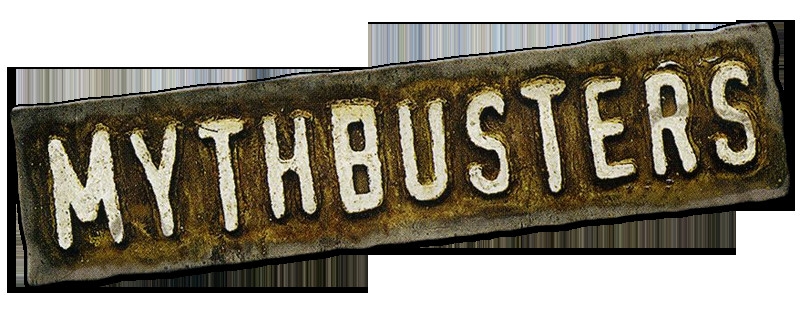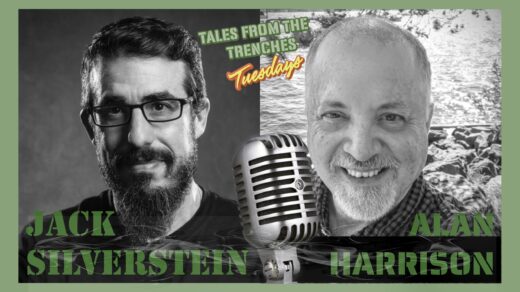
Oh, you’re a fundraiser? You must’ve studied business at university.

Granted, I officially studied business at university (unofficially, I studied mixology at the Elbow Room), but truth-be-told, I would be a much better fundraiser if I studied psychology. Far too often, people focus on how someone would donate (and all the neat and intricate giving vehicles). I would prefer to focus on why someone would donate in the first place.
If a prospective donor hasn’t been inspired enough to figure out why they would support your organization, the how is totally irrelevant. This is a common theme in all of our “purchases” in life — why we need a new/replacement car comes before the autonomous braking feature of the vehicle. It’s like putting the cart before the horse.
There have been great books and presentations made about what parts of your brain are utilized when making these types of decisions. It is not the logical part of the brain. It is the emotional part of the brain. That is why fundraisers focus so much energy on writing a cogent and compelling case — it must be an emotional appeal. If it doesn’t emotionally resonate with a prospective donor, it will likely not get supported.
There are two different areas of the brain — the Neocortex and the Limbic. As Simon Sinek points out in his Start With Why, the Neocortex is responsible for all rational and analytical thought and language. It allows people to look at facts and figures, but it doesn’t drive behavior. (It does the “what”.) Conversely, the Limbic portions of the brain are responsible for feelings like trust and loyalty. These areas deal with behavior and decision making. (It does the “how” and “why”.) In essence, this is our “gut feelings”.
So, it’s pretty important (as Sinek says) to Start With Why. The how really doesn’t matter (yet). How many Planned Giving brochures are out there that focus on how to leave a bequest to a charity (complete with sample wording) or how to facilitate a Charitable Remainder Trust? All these efforts are futile if you haven’t convinced the prospective donor as to WHY they should be investing in your organization.
Why should people invest in your organization (undoubtedly, your organization isn’t unique — in Canada, there are over 80,000 charitable numbers)? What is your unique value proposition? Some organizations have a very easy time telling their emotional case (saving a life, helping a homeless person, feeding a child) while others are a bit more challenging (arts, museums, etc.). The job of any good fundraising is to find those emotional triggers that universally resonate. The business case comes later.
That is why you are seeing a resurgence of storytelling — making your emotional case. Remember in the ’80s when you couldn’t turn on a TV without hearing about the millions of people starving in Africa? (Sadly, this still exists.) But my point is that it is hard for Jane Doe to relate to millions of people. When infomercials came out and featured one or two children and telling the story of their hunger, it resonated. Why? Because emotional cases are built around the impact of helping one individual at a time. There is a great Jewish proverb that says “...whoever saves a life, it is considered as if he saved an entire world.”
Pretty powerful stuff.
Stay tuned for the next week’s installment of Myth #3.
L’chaim!
jack




